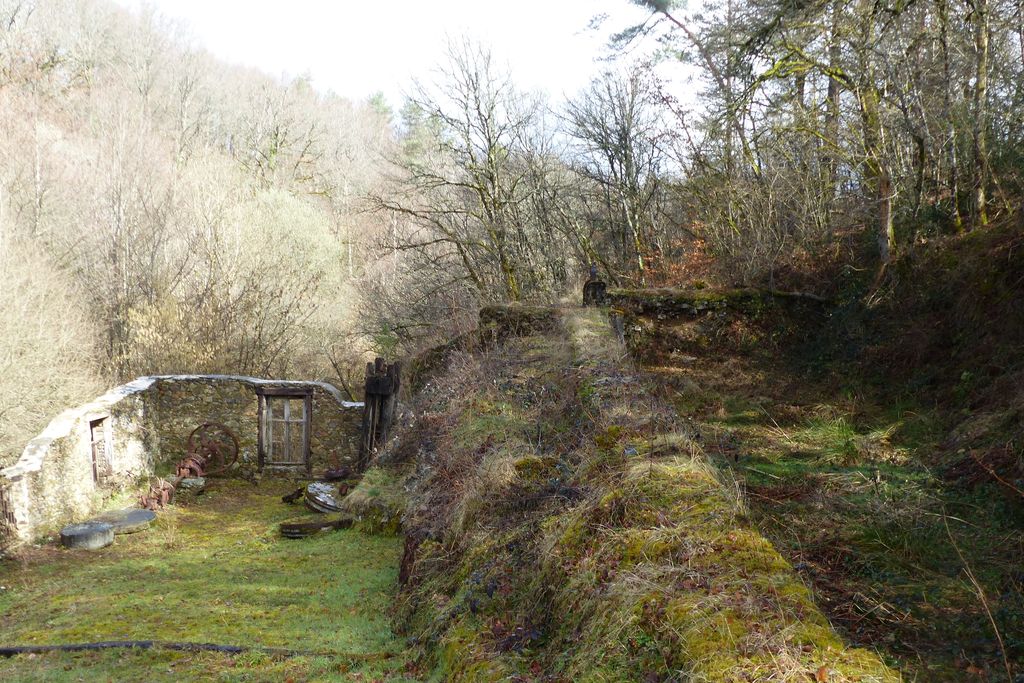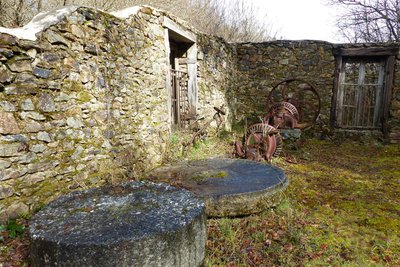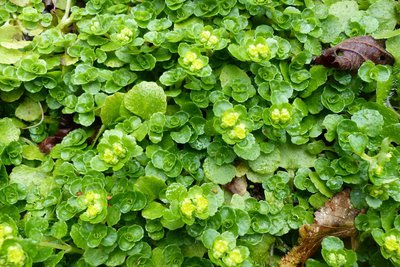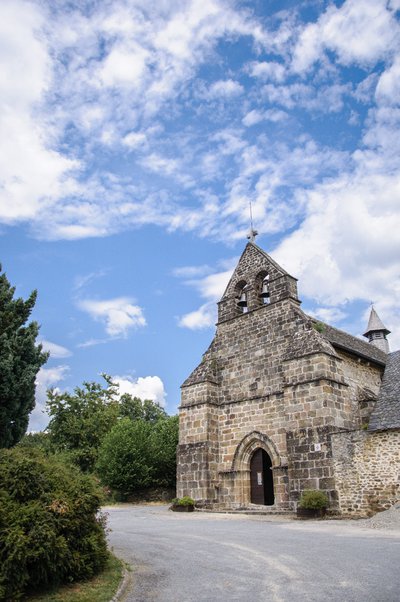Saint-Hilaire Mill

Saint-Hilaire-Foissac
Saint-Hilaire Mill
Easy
1h30
4,2km
+151m
-151m
Loop
Yellow markers
Embed this item to access it offline
Oil grinding stone, flour grinding stones, old presses and gears await you at the Tienne mill. They bear witness to the activity of Etienne Passemard, a former miller in Saint-Hilaire-Foissac. A little further on, the wild and wooded gorges as well as the Saint-Hilaire stream complete the scenery of this walk alongside the river.
3 points of interest

Meules à huiles et engrenages - CC VEM  Heritage site
Heritage siteSaint-Hilaire Mill
Over the passage of time and water, four mills have succeeded each other on banks of the the Saint-Hilaire stream. The most recent one, whose ruins can be seen, dates from 1910. It was set up by Etienne Passemard, a former mason who became a miller. Thus, rye flour, barley, walnut oil and cider were produced thanks to hydraulic power. The Hercule Progrés turbine replaced the traditional wooden spoon wheel. The "Tienne" mill ceased its activity in 1961-1962.
Dorine à feuilles opposées - CC VEM  Flora
FloraAlternate-leaved golden-saxifrage
The alternate-leaved golden-saxifrage forms mats 5 to 10 cm high and is particularly fond of damp and spring areas or stream banks. It is also called golden watercress because its yellow stamens contrast with the green of the rest of the plant.
Eglise de Saint-Hilaire - D.Agnoux - CC VEM  Heritage site
Heritage siteChurch of Saint-Hilaire-Foissac
The first reference in the documents of this very old parish dates back to the 13th century. The architecture of the church with its unique nave and flat chevet testifies to a Romanesque-style construction at the beginning, then Gothic with, notably, the two chapels to the north dating from the 14th century. Outside, a typical two-bay wall bell tower dominates the building. The presbytery, nestling against the church, opens its parish garden to visitors.
Description
- On the main street of the village of Saint-Hilaire-Foissac, turn left on the road that descends, cross the bridge at the end of the village and immediately follow the path on the left that runs alongside the old reservoir or pond to reach the mill (remains of the oil and flour millstones and apple press). Waterfall and old mill accessible by a small path to the left of the ruins. Retrace your steps and, after the footbridge, over the retaining wall, continue to the left until you reach the road.
- Continue on the left, leave the Peuch road on the right, and pass in front of a wooden cross. At the crossroads follow the road from Job to the village.
- At the crow's foot of the hamlet of Job: take care: on the right another circuit called Job leads to the edge of the Luzège (4 km and 1 hour 30 minutes, yellow markers also). On the left, the circuit of the Saint-Hilaire mill continues. Continue for 50 m and turn left onto a sunken path that goes down the slopes to the stream.
- Cross over the footbridge and then cut to the left to reach the path of a trail. Cross another footbridge and continue upstream of the water. Leave the valley bottom and go up alongside a small road. Go along by the fields (view of the Cantal massif) before reaching the church and the starting point.
- Departure : Place de l'église, Saint-Hilaire-Foissac
- Arrival : Place de l'église, Saint-Hilaire-Foissac
- Towns crossed : Saint-Hilaire-Foissac
Forecast
Altimetric profile
Recommandations
After the village of Job, follow the signs on the descent.
Information desks
Carrefour de l’Epinette, 19550 Lapleau
1 rue Joseph Vialaneix, 19300 Egletons
Access and parking
12 km southeast of Egletons by the D16 and D62 E.
Parking :
Place de l'église, Saint-Hilaire-Foissac
Report a problem or an error
If you have found an error on this page or if you have noticed any problems during your hike, please report them to us here:
